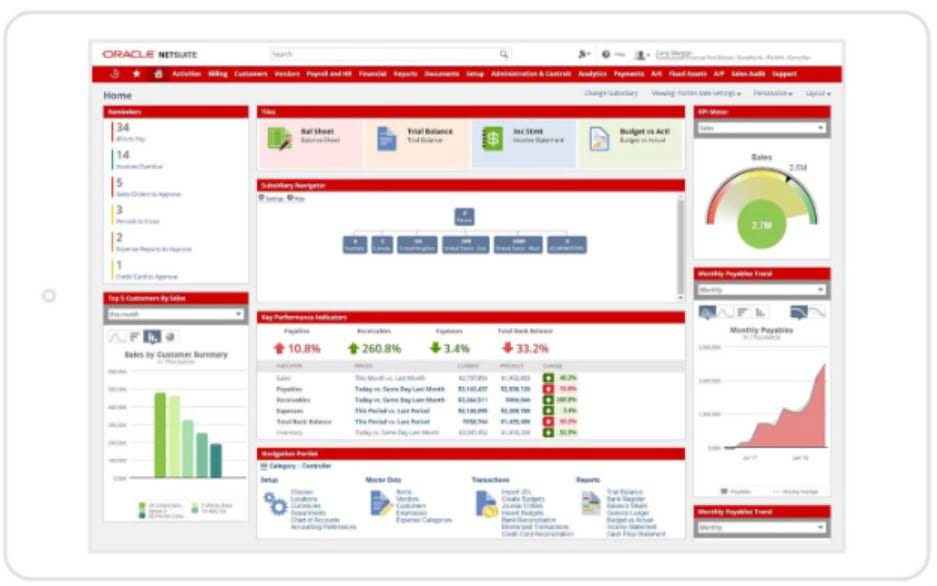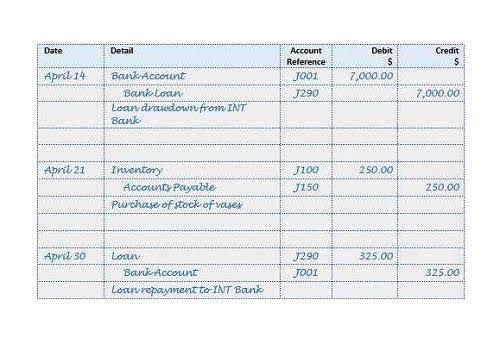Variance Analysis Learn How to Calculate and Analyze Variances

Adding the budget variance and volume variance, we get a total unfavorable variance of $1,600. Understanding how to analyze budget variances effectively what is variance analysis is a crucial steppingstone in your FP&A career. Consistently applying these ten essential questions shifts your focus from merely identifying variances to telling the story behind them and guiding strategic decision-making.

The Financial Modeling Certification
The groups you are comparing are generally spread across different levels of an independent factor. A factor could be a category (such as low, medium, or high), a type (such as brand of soda), a treatment (such as no treatment, low treatment, high treatment), and so on. Investigate the underlying causes of significant variances by examining operational processes, market conditions, and other relevant factors.

Order to Cash
As mentioned above, materials, labor, and variable overhead consist of price and quantity/efficiency variances. Fixed overhead, however, includes a volume variance and a budget variance. The insight gathered from comparing actual results to budgeted figures can be used to formulate more accurate and realistic projections for future financial periods. It facilitates an understanding of the trends and factors that influence expenditure or income, thereby enabling a business to adjust its predictions and plans accordingly. This enhanced accuracy in forecasting ultimately leads to better performance management and strategic decision-making. Let’s say that your enterprise sells gadgets, and you’ve projected that you’ll sell $1 million worth of gadgets in the next quarter.
Role of AI in Variance Analysis for Cash Forecasting

If you planned your sales to be $50.000, and the actual sales was $35.000, variance analysis will show the difference of $15.000 minus, which is unfavorable. Moreover, variance analysis can aid in setting more accurate future forecasts. By scrutinizing past performances and learning from them, organizations can make more informed and realistic predictions, contributing to better strategic planning. This process enables businesses to maintain financial stability while meeting their social responsibility objectives, creating a balanced approach to profit and purpose. After implementing the initiative, you’ll then use variance analysis to compare the budgeted cost to the actual expenditure. Variance analysis can also be utilized for validation of future budget assumptions, making it an essential element in strategic decision-making.
- A material variance occurs when Standard Costs for quantities purchased or manufactured are compared to actual costs incurred.
- Conversely, a positive sales variance can reinforce effective sales tactics currently in place.
- CSR initiatives often involve considerable investment, so it’s vital to effectively evaluate their financial impact and ensure that they don’t lead to significant overspending.
- If you want to learn more about this technique and other powerful statistical tools, consider completing courses or Specializations on Coursera.
- If you work in health care, you might use ANOVA to compare the effects of different medications on patient outcomes.
- We will use the results data in the image below to analyze this material cost variance.
Analysis of variances (ANOVA) statistical models were initially retained earnings balance sheet introduced in a scientific paper written by Ronald Fisher, a British mathematician, in the early 20th century. Management can then make a decision to resolve the problem, possibly by downgrading to a cheaper hinge, raising prices for finished goods, or some mixture of the two. Further Sales Variance is due to either change in sales price or a Change in Sales Volume. Take your learning and productivity to the next level with our Premium Templates.
- Others, like implementing new processes or systems, require longer-term planning and monitoring.
- The labor variance is substantial here, suggesting management may want to explore possibilities for cutting labor costs.
- This will examine variations due to participant differences within each group rather than how each group differs from one another.
- Businesses can achieve greater efficiency, control, and success by integrating variance analysis into their financial management processes.
- For businesses, variance analysis provides a clear view of overperformance and underperformance.
It breaks down the factors contributing to overall variance, measures their impact, and investigates root causes, providing a clearer understanding of performance. Business owners and professionals across various business departments, including finance, production, marketing, HR, and sales, should use variance analysis to gain insight into overall performance. This allows them to make informed decisions, adjust strategies, and implement corrective measures to align business operations to strategic goals. Budget variance analysis are important to understand the reasons behind the deviations from the budgeted amounts.
This is because industrial processes are so detailed and require so much oversight to ensure quality. In most cases, using a control Certified Bookkeeper chart with your variance analysis will be sufficient. However, there are also four different ways this same principle can be used to improve performance and reduce waste in your business.
Alternatively, it might be better to replace the materials with a different product. Sales variance is all about checking how close a company’s actual sales were to their sales projections. But if there’s a big disparity, looking a little deeper to find out why is essential. Drilling down into the details of why a discrepancy occurs allows a company to adjust its strategy to improve future performance.
When you receive the results of variance analysis in business, it’s important to know how to interpret them. This will allow you to have a better understanding of what they mean and why they happened in the first place. When you notice that this measurement has changed, it could be indicative of a problem with the manufacturing process. If your employees work more hours than standard, your efficiency is unfavorable because it takes more time to do the production than it should. Look for the causes of why your staff is under-performing and implement solutions that might help them gain efficiency. Efficiency variance assumes the same standard price, but the difference in number of standard and actual hours.


